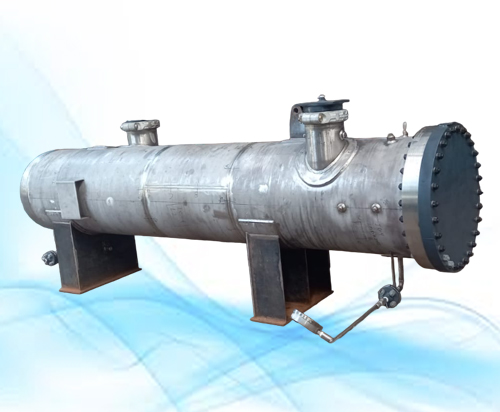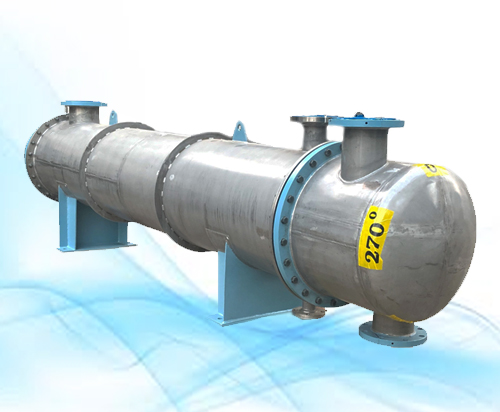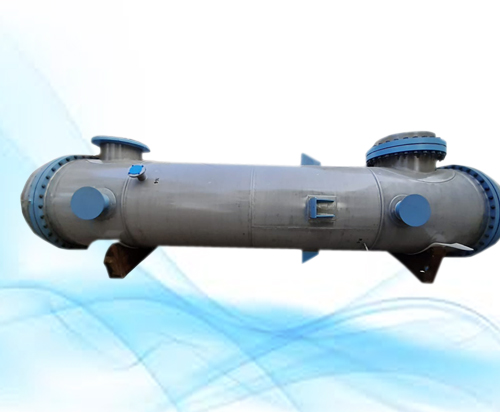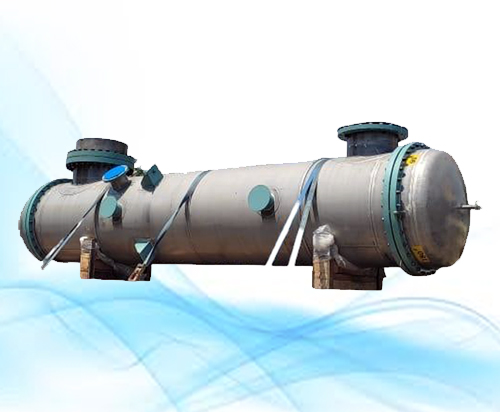At FABRI-TEK ENGINEERS, we are a premier shell and tube heat exchanger manufacturer and supplier based in Pune, India. We specialize in the custom design and fabrication of industrial heat exchangers that provide efficient and reliable thermal performance. Our expertise caters to demanding industries such as oil and gas, chemical processing, power generation, and food & beverage.
What is a Shell and Tube Heat Exchanger? A shell and tube heat exchanger is a class of heat exchanger designs. It consists of a large cylindrical shell that encloses a bundle of tubes. One fluid runs through the tubes, and another fluid flows over the tubes (through the shell) to transfer heat between the two fluids. This design is robust and widely used for high-pressure applications.
Design and Engineering Excellence
Our engineering process is meticulous, ensuring every tube heat exchanger meets the highest standards of performance and safety.
Materials of Construction
We fabricate S&T heat exchangers from a wide range of high-quality, certified materials to suit any application:
Our industrial heat exchangers are vital in numerous sectors:
Our commitment to quality is absolute. Every shell heat exchanger undergoes rigorous testing:
Certification and Compliance: Our heat exchangers are manufactured to meet all relevant industry standards, including TEMA, ASME U Stamp, Pressure Equipment Directive (PED) (2014/68/EU), and TRCU Certification, ensuring global compliance and safety.





Your Trusted Heat Exchanger Partner
At FABRI-TEK ENGINEERS, we are committed to being more than just a supplier; we are your partner in thermal solutions. Our expertise as one of the leading tube heat exchanger manufacturers in Pune ensures you receive a product that is efficient, reliable, and perfectly suited to your process. Contact us today to discuss your heat transfer needs.